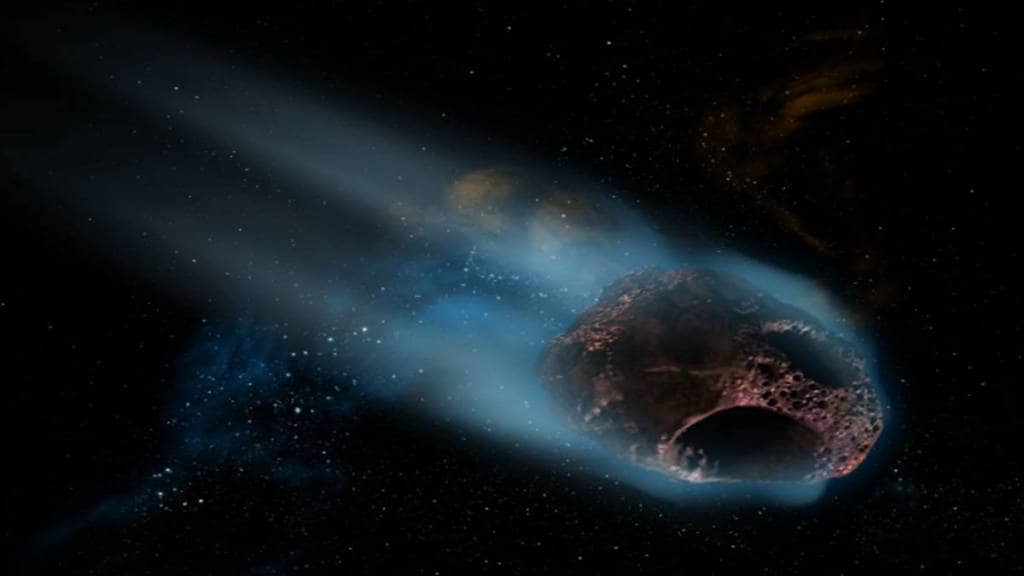NASA scientists have confirmed that asteroid 2024 Y44, roughly the size of a 15-storey building, could collide with the Moon in 2032. If it does, it may become one of the most significant lunar impacts ever recorded. Earth is no longer considered at risk, as NASA’s Centre for Near-Earth Object Studies (CNEOS) has now revised the asteroid’s trajectory, estimating a 4.3% chance of striking the Moon—up from an earlier 3.8% prediction.
According to NASA’s Planetary Defence blog, data collected by the James Webb Space Telescope on 26 March 2025 were instrumental in refining estimates of the asteroid’s orbit and size. Scientists now believe the asteroid is between 53 and 67 metres (175–220 feet) in diameter. NASA noted that these revised findings improved the prediction of its 2032 position by approximately 20%, though they clarified that even a direct impact would not significantly alter the Moon’s orbit.
Not a threat to Earth
Asteroid 2024 Y44, discovered in late 2024, was initially deemed a global concern when it topped the Torino Impact Hazard Scale, which assesses the potential threat posed by near-Earth objects. However, further observations made in early 2025 have ruled out any danger to Earth. This asteriod to pass Earth on July 30.
What could happen if it hits the moon?
If the asteroid does impact the Moon, scientists estimate it could release energy equivalent to 5–7 megatons of TNT, potentially forming a crater around 1 kilometre wide. The collision could eject up to 220 million kilograms of lunar debris into space, according to the New York Post.
Some of this material may travel towards Earth, creating a brief meteor shower. “The resulting meteor shower could last a few days and be quite a spectacle, although the number of visible meteors may be muted due to the low entry speed of the ejecta,” researchers told the New York Post.
NASA has also cautioned that even small fragments of debris could pose a risk to satellites in low-Earth orbit and ongoing lunar missions. While the material is unlikely to destroy satellites outright, minor damage and operational disruptions cannot be ruled out.
The asteroid is currently behind the Sun and out of observational range, but scientists plan to resume tracking it in 2028, once it re-emerges into view.


